Hardly a day goes by where I don’t take a lunch break to enjoy a sandwich complete with an essential ingredient: mushrooms. But on Wednesday, just two days ago, my hand-packed sandwich was sans mushrooms on a rare occurrence (for lack of making it to the store).
This fact may be of no interest to any other living soul, but I personally found it quite funny, because on that very same mushroom-less day, I lifted the cover of box 20 of the Department of Botany specimen photographs (circa 1900) to find nothing but mushrooms, and a multitude of other fungi.
Thankfully, with the help of www.mycobank.org, the site of Fungal Databases – Nomenclature and Species Banks, supported by the International Mycological Association (mycology = the study of fungus), I was able to make sense of the vowel-heavy words scrawled on the back of the mounted specimen photographs. These photographs, utilized by early botany professors and students at the University of Minnesota, are now fully digitized, and will be accessible in the UMedia Archive in the coming months.

– Clavaria juncea (Macrotyphula juncea), October, 1900, Fort Snelling
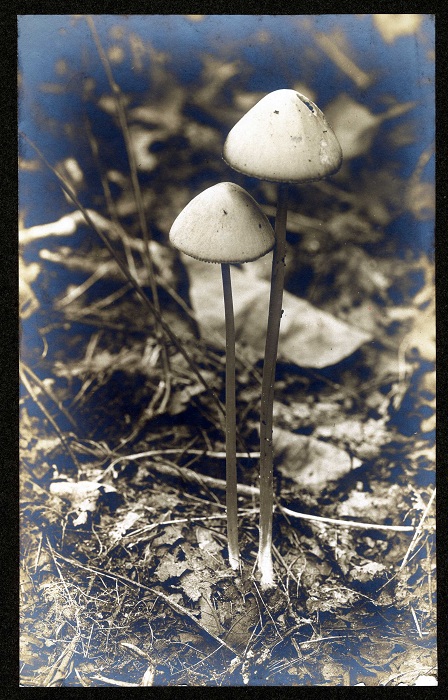
– Stropharia stercoraria (Stropharia semiglobata), September, 1900, Fort Snelling
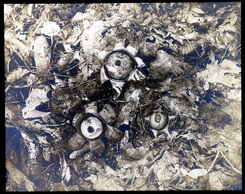
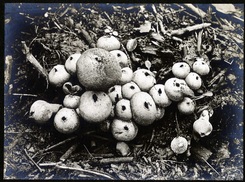
1. Geaster, September, 1900, Lake Minnetonka
2. Lycoperdon gemmatum (Calvatia utriformis), September, 1900, Lake Calhoun
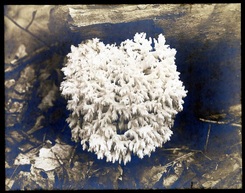
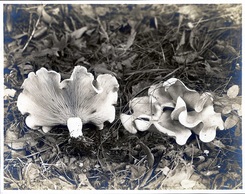
1. Hydnum coralloides (Hericium coralloides), October, 1900, Fish Hatchery
2. Tricholoma patulum, September, 1900, Lake Calhoun
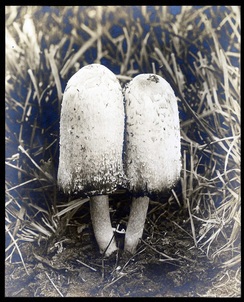
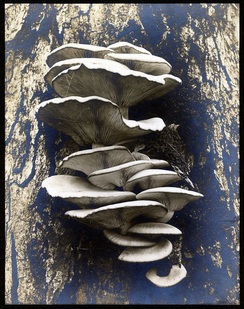
1. Coprinus comatus, November, 1900, University of Minnesota Campus
2. Pleurotus ulmarius (Hypsizygus ulmarius), October, 1900, Lake Minnetonka
*Related note: After nearly an entire day spent transcribing fungi captions, I returned home after work and decided to indulge in some mindless reality television. I turned on Master Chef, a reality cooking competition. Guess what the secret challenge ingredient was for that episode? Wild mushrooms.